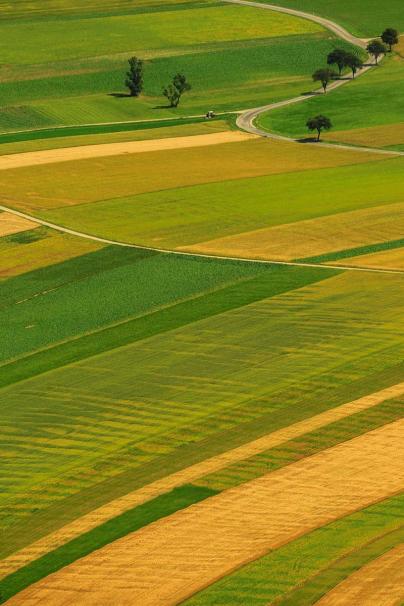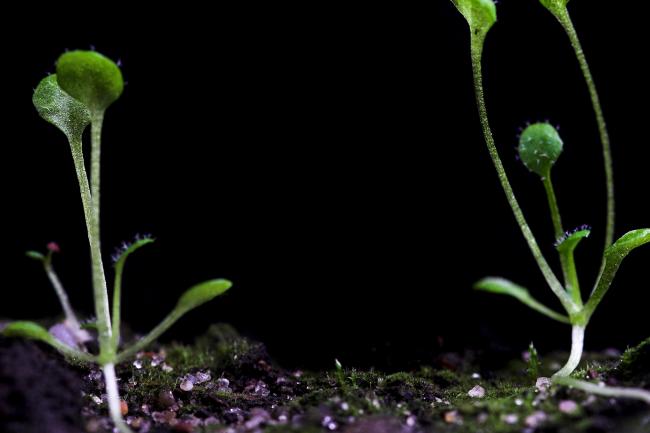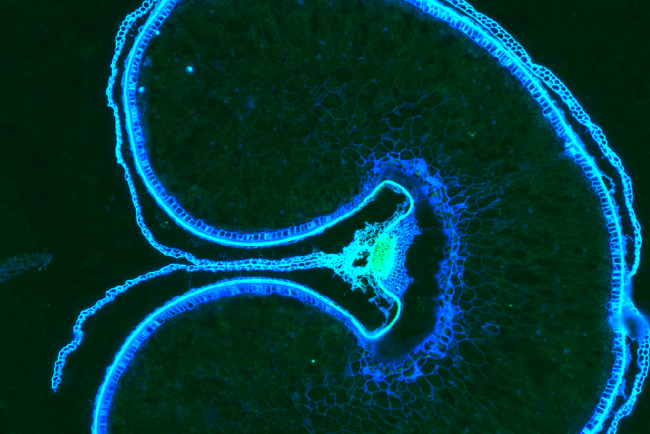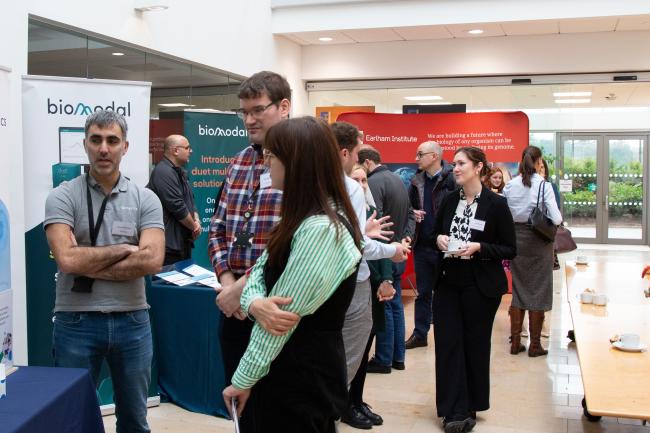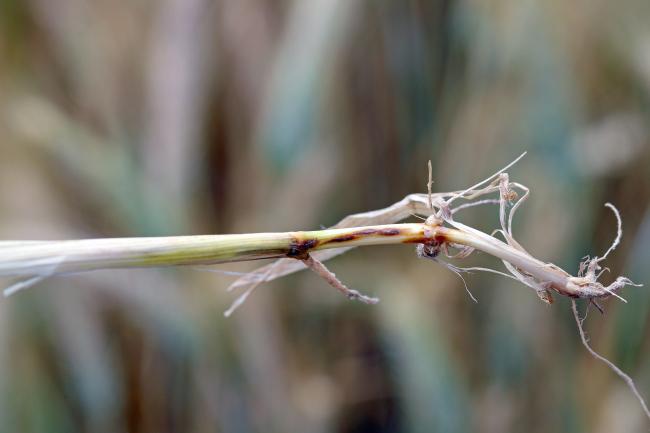Biography
Contact details:
As a member of the Plant Phenomics Team I am assisting with work in software R&D for applications in image processing and machine learning for crop phenomics. I am working on the navigation systems for CropQuant Sheila, using the NVIDIA Jetson platform, and image analysis for AirSurf.
Prior to working at Earlham Institute, I completed an MPhil at the University of Cambridge in Advanced Computer Science focusing on machine learning with applications in natural language processing. Prior to arriving in the UK, I was a secondary school teacher in both the United States, and as a Peace Corps Volunteer in Malawi. I have previously completed an M.Ed in Science Education and a B.A. from the University of Notre Dame in Indiana.
